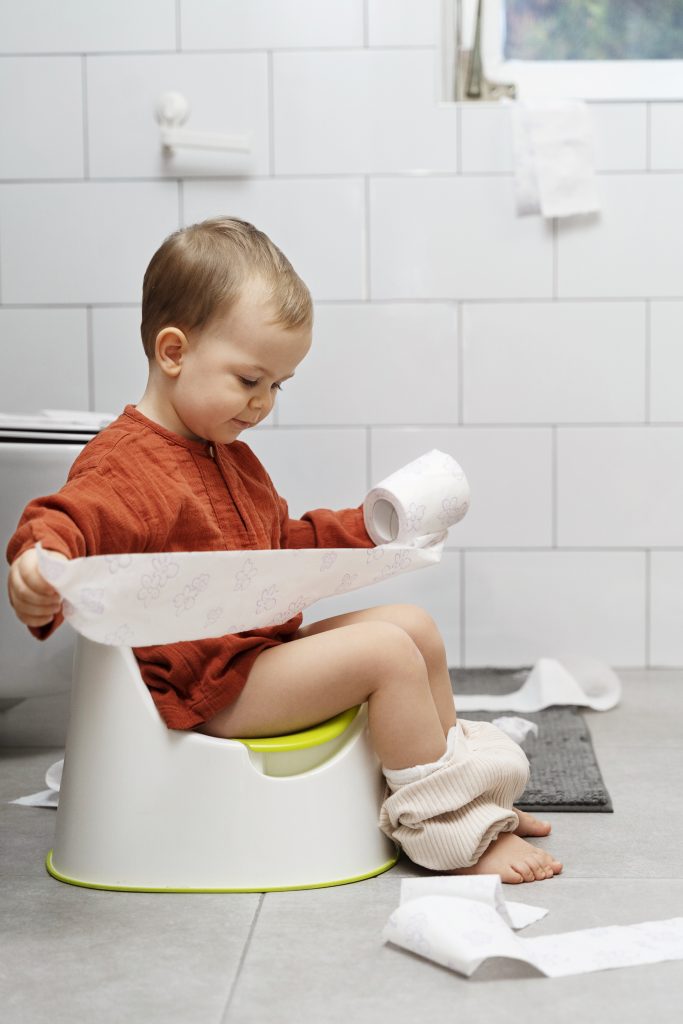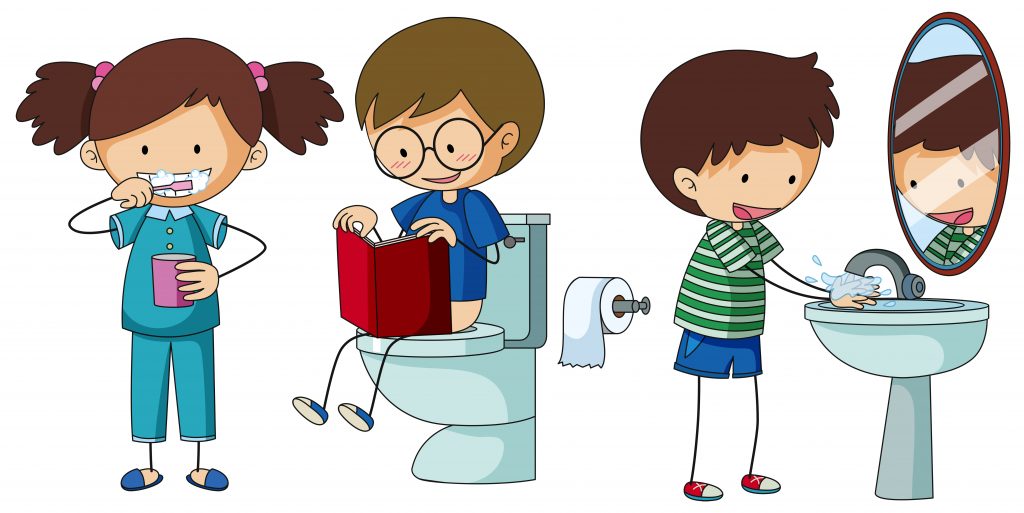Parenting
Potty Power: A Comprehensive Guide to Toilet Training for Kids
Toilet training is an important milestone in a child’s development, marking the transition from diapers to using the toilet independently. While it can be a challenging and sometimes messy process, with patience, consistency, and a positive approach, you can successfully toilet train your child. In this blog, we will provide you with a comprehensive guide to toilet training, including tips, strategies, and practical advice to make this journey a smooth and successful one.
Readiness Signs:
Before starting toilet training, it’s important to ensure your child is ready. Look for signs of readiness such as showing interest in the bathroom, being able to follow simple instructions, having regular bowel movements, and demonstrating bladder control for at least two hours. It’s essential to remember that each child develops at their own pace, so be patient and wait until your child is truly ready.
Introduce the Concept:
Start by introducing the concept of using the toilet to your child. Talk about how older children and adults use the toilet and explain the process in a simple and age-appropriate manner. Consider reading books or watching videos about potty training together to familiarize your child with the idea.
Set Up a Potty Training Routine:
Establishing a consistent routine is key to successful toilet training. Encourage your child to sit on the potty at regular intervals, such as after meals, waking up, or before going out. Create a comfortable and inviting potty area with their favorite toys or books nearby. Be patient and allow your child to take their time on the potty without pressuring them.

Choose the Right Equipment:
Consider whether to use a standalone potty or a child-sized seat on the regular toilet. Let your child be part of the decision-making process, allowing them to choose their preferred option. Ensure the equipment is safe, stable, and comfortable for your child.
Demonstrate and Encourage:
Lead by example and demonstrate how to use the toilet. Take your child to the bathroom with you, explain the steps, and let them observe. Encourage them to imitate you and praise their efforts, even if they don’t produce results initially. Positive reinforcement, such as verbal praise, hugs, or small rewards, can motivate and reinforce their progress.
Establish a Bathroom Routine:
Establish a consistent bathroom routine to help your child associate certain times with using the toilet. Encourage them to sit on the potty for a few minutes, even if they don’t need to go. Use simple phrases like “It’s potty time” to reinforce the routine and create a sense of predictability.

Teach Proper Hygiene:
Teach your child proper hygiene habits from the beginning. Show them how to wipe themselves from front to back and explain the importance of handwashing after using the toilet. Make handwashing fun by using colorful soap or singing a handwashing song together.
Manage Accidents with Positivity:
Accidents are a normal part of the toilet training process. Instead of scolding or punishing your child, respond calmly and positively. Reassure them that accidents happen and that they are making progress. Help your child understand the sensations associated with needing to go to the bathroom and encourage them to communicate their needs.
Be Patient and Persistent:
Toilet training takes time and patience. It’s important to remain calm and avoid putting pressure on your child. Be prepared for setbacks and regressions, especially during times of stress or change. Maintain a positive attitude, provide gentle reminders, and celebrate even small successes along the way.
Celebrate Milestones:
Acknowledge and celebrate your child’s milestones and achievements throughout the toilet training journey. Whether it’s successfully using the toilet, staying dry throughout the day, or independently initiating bathroom visits, praise their efforts and make them feel proud of their progress. Small rewards, such as stickers or a special outing, can provide additional motivation.

Conclusion:
Toilet training is a significant milestone in a child’s development, and with the right approach, patience, and consistency, you can guide your child through this process successfully. Remember that each child is unique, and the journey may have its ups and downs. By creating a positive and supportive environment, establishing a routine, and celebrating achievements, you can make toilet training a positive and empowering experience for both you and your child.

